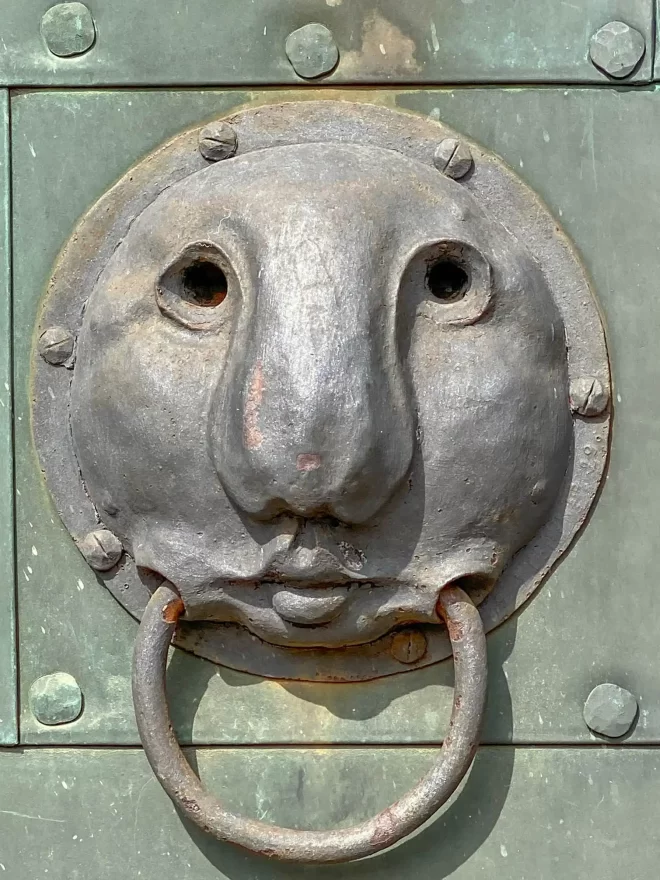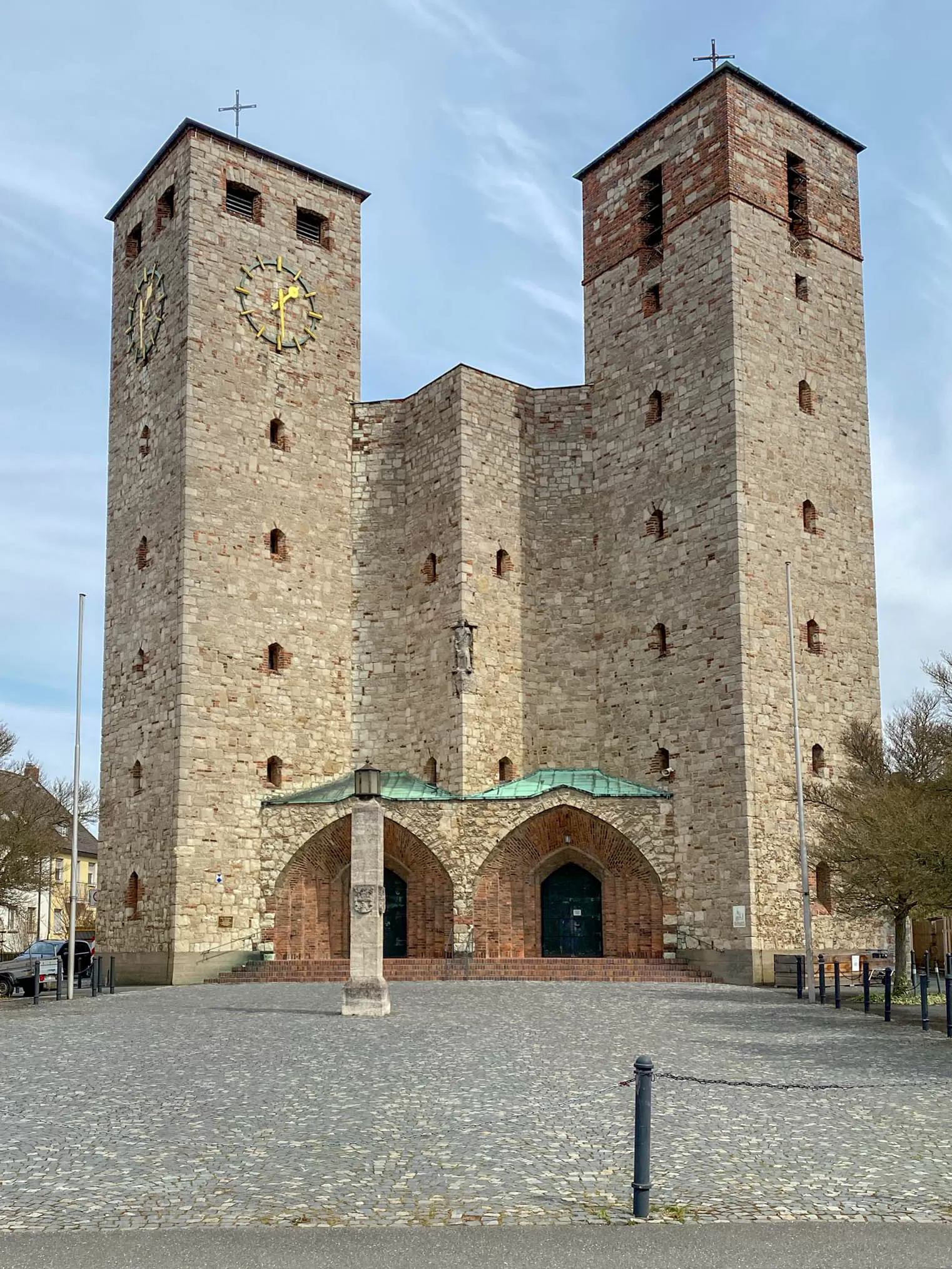
St. Heinrich, 1927-1929. Architect: Michael Kurz. Photo: Daniela Christmann
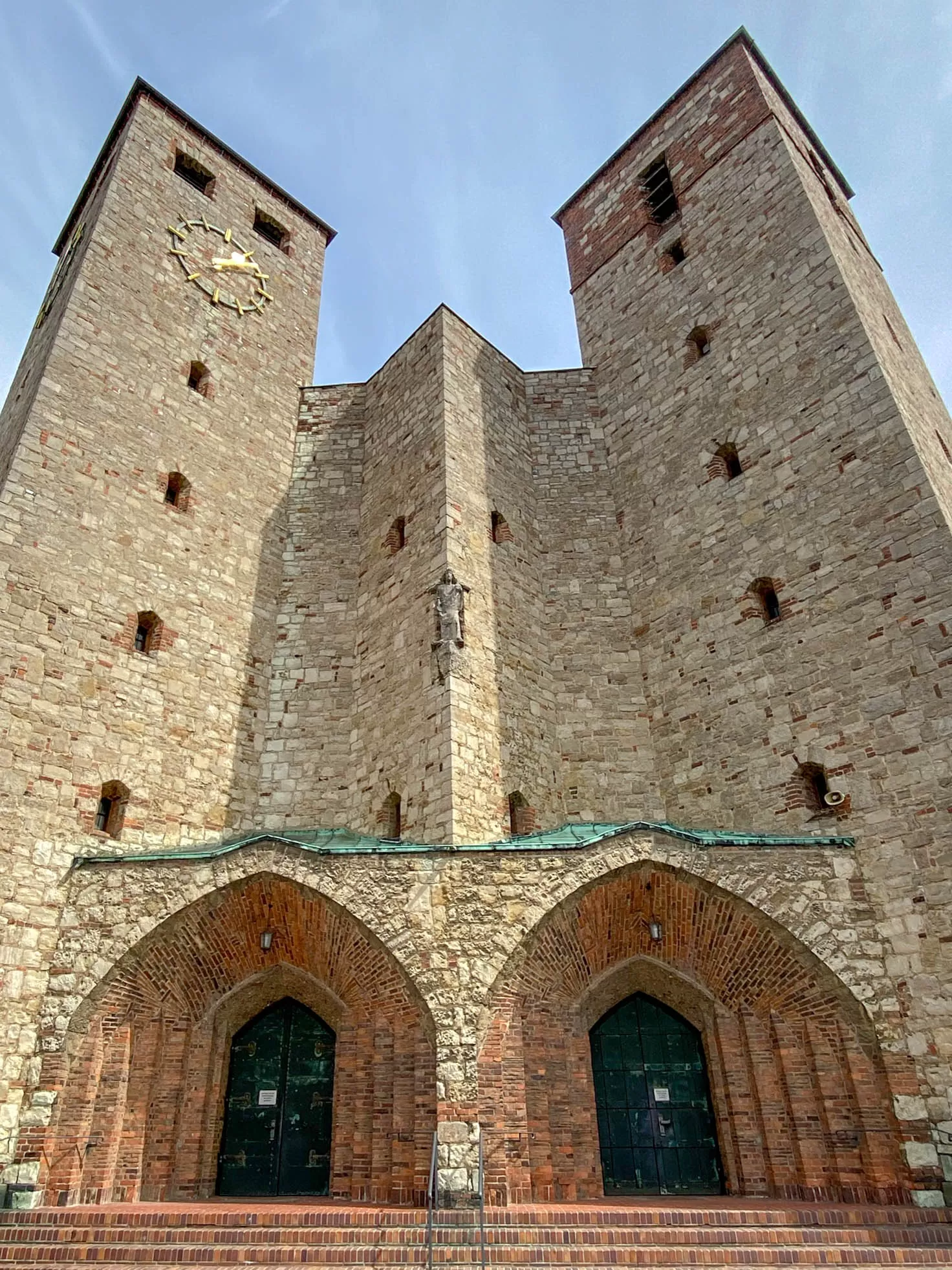
St. Heinrich, 1927-1929. Architect: Michael Kurz. Photo: Daniela Christmann
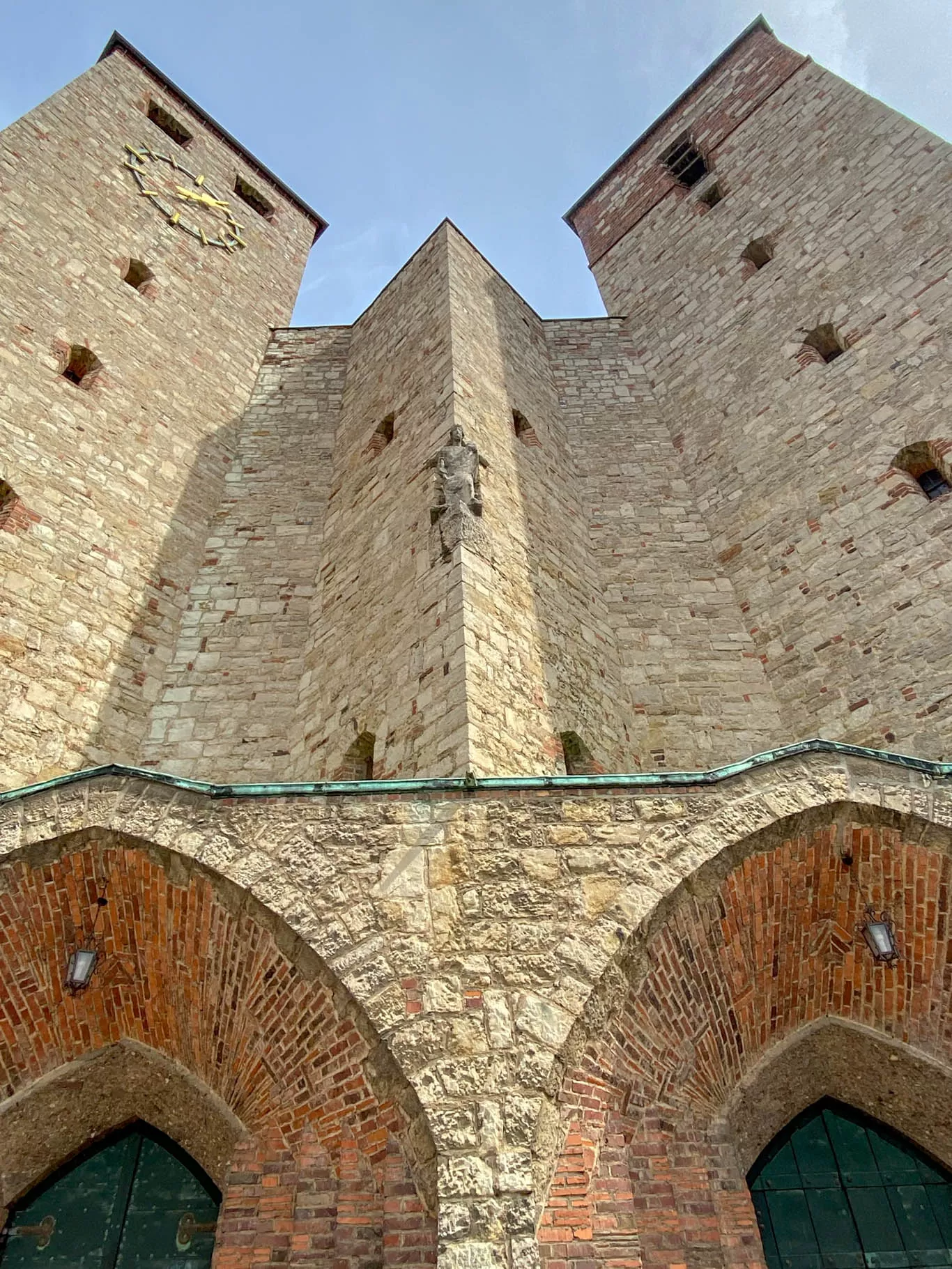
St. Heinrich, 1927-1929. Architect: Michael Kurz. Photo: Daniela Christmann
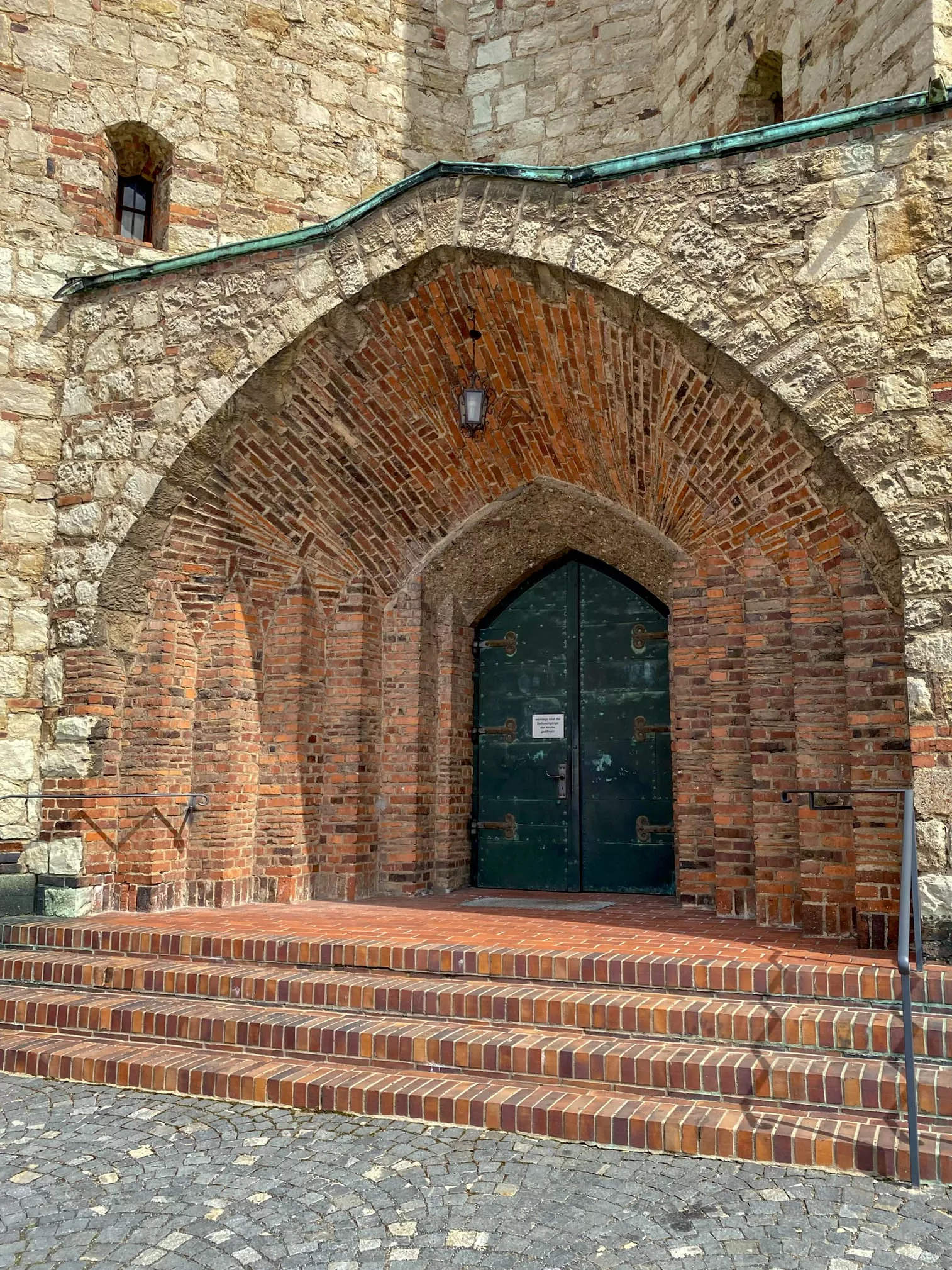
St. Heinrich, 1927-1929. Architect: Michael Kurz. Photo: Daniela Christmann
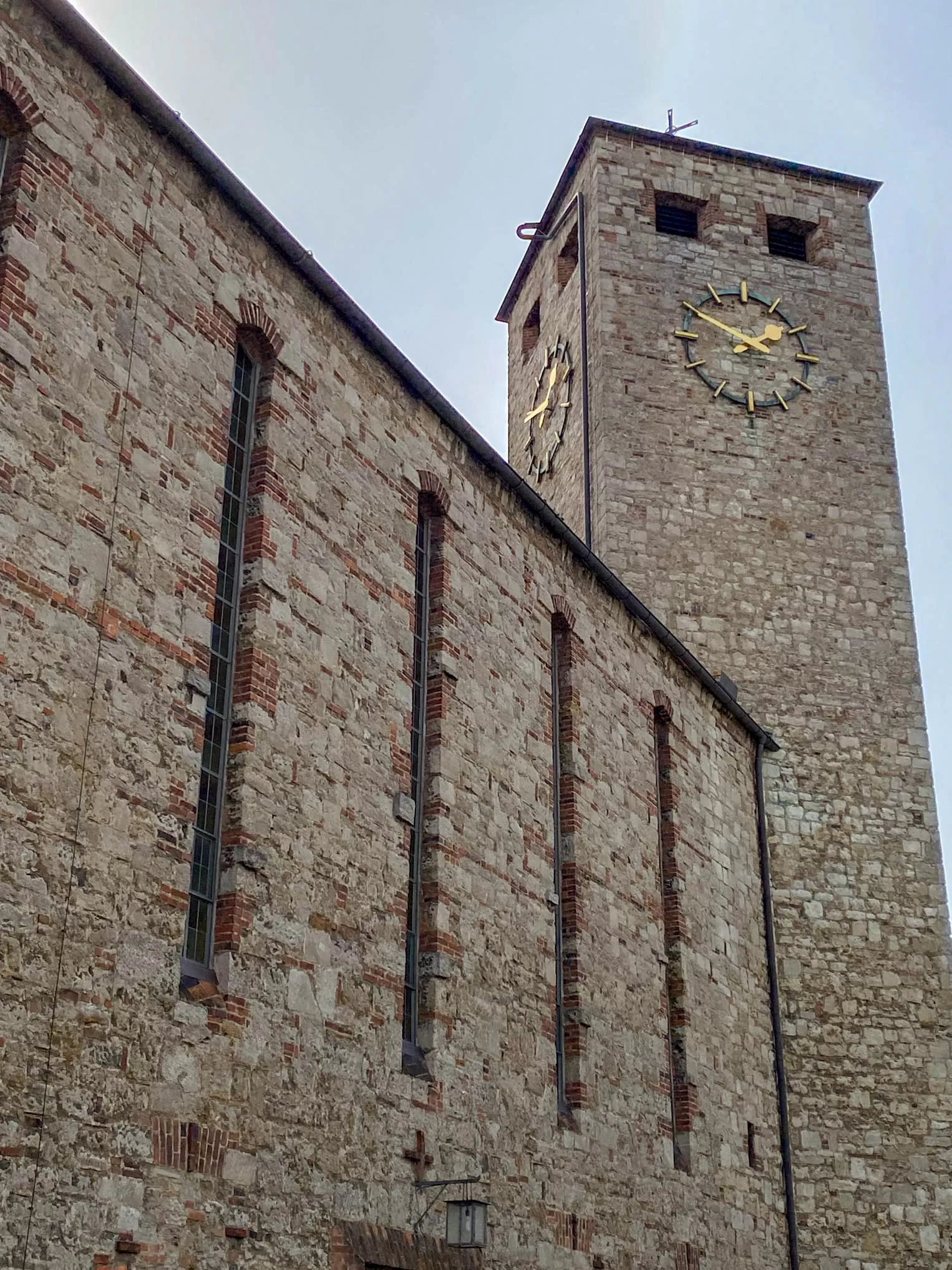
St. Heinrich, 1927-1929. Architect: Michael Kurz. Photo: Daniela Christmann
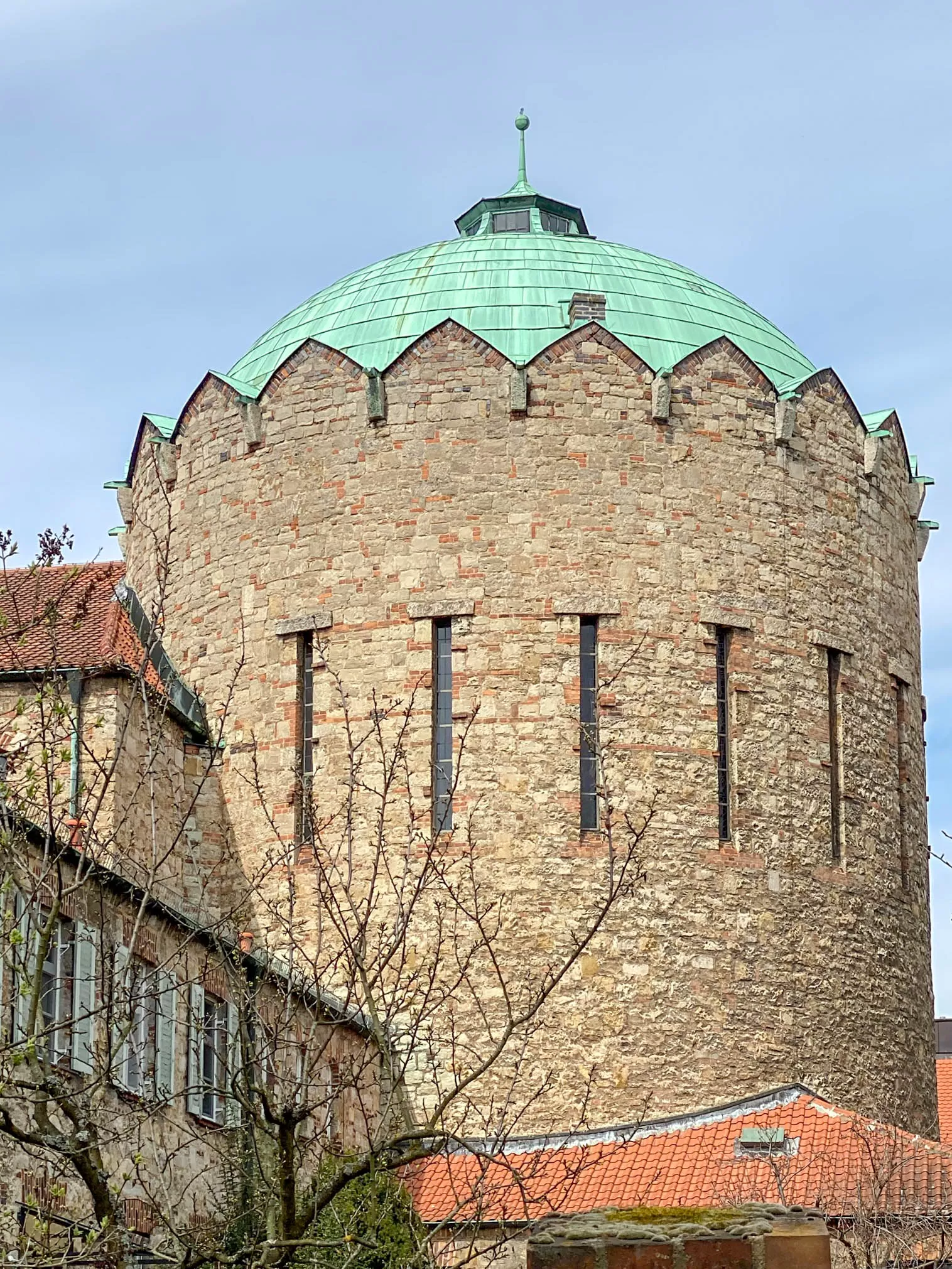
St. Heinrich, 1927-1929. Architect: Michael Kurz. Photo: Daniela Christmann
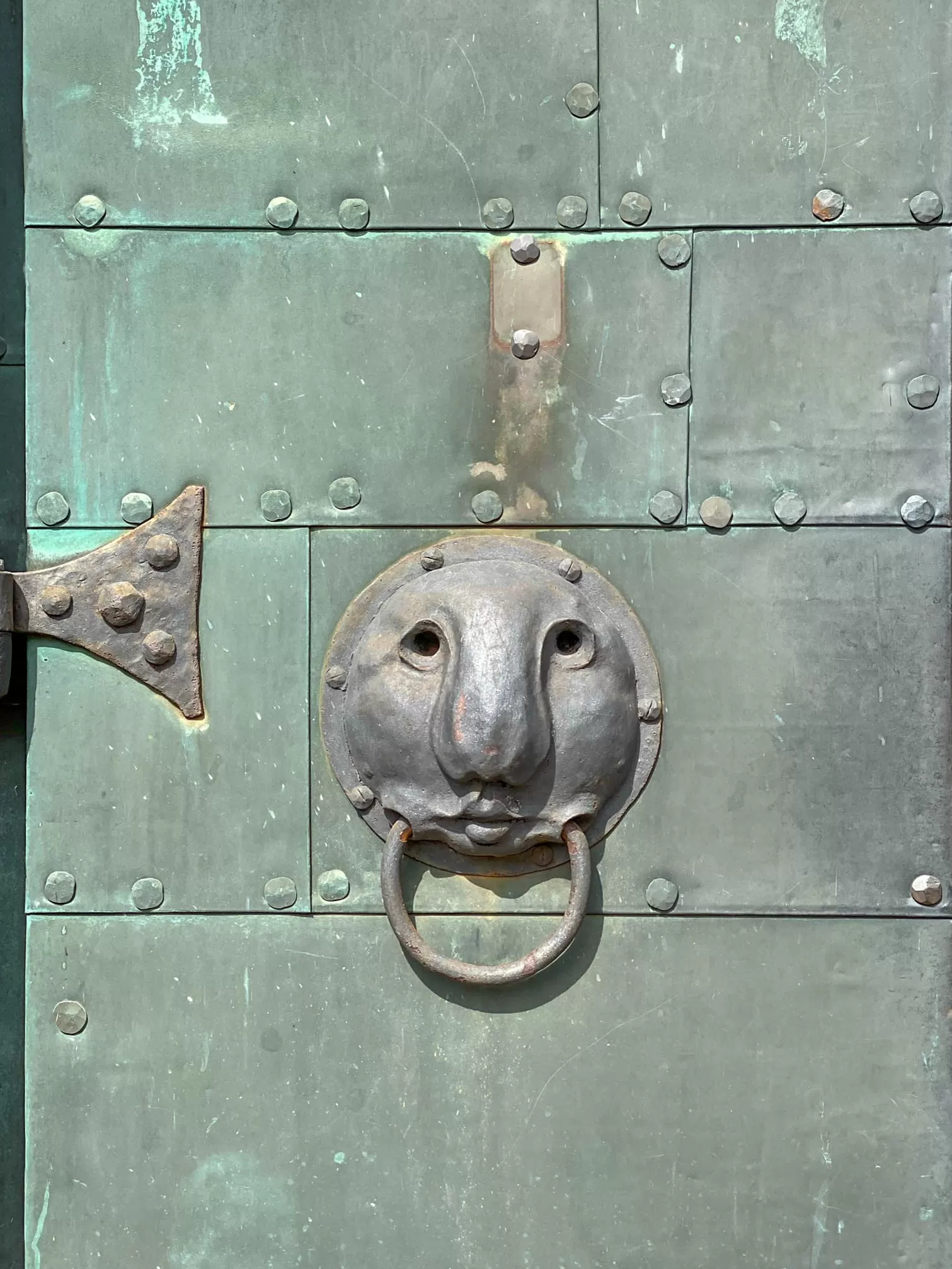
St. Heinrich, 1927-1929. Architect: Michael Kurz. Photo: Daniela Christmann
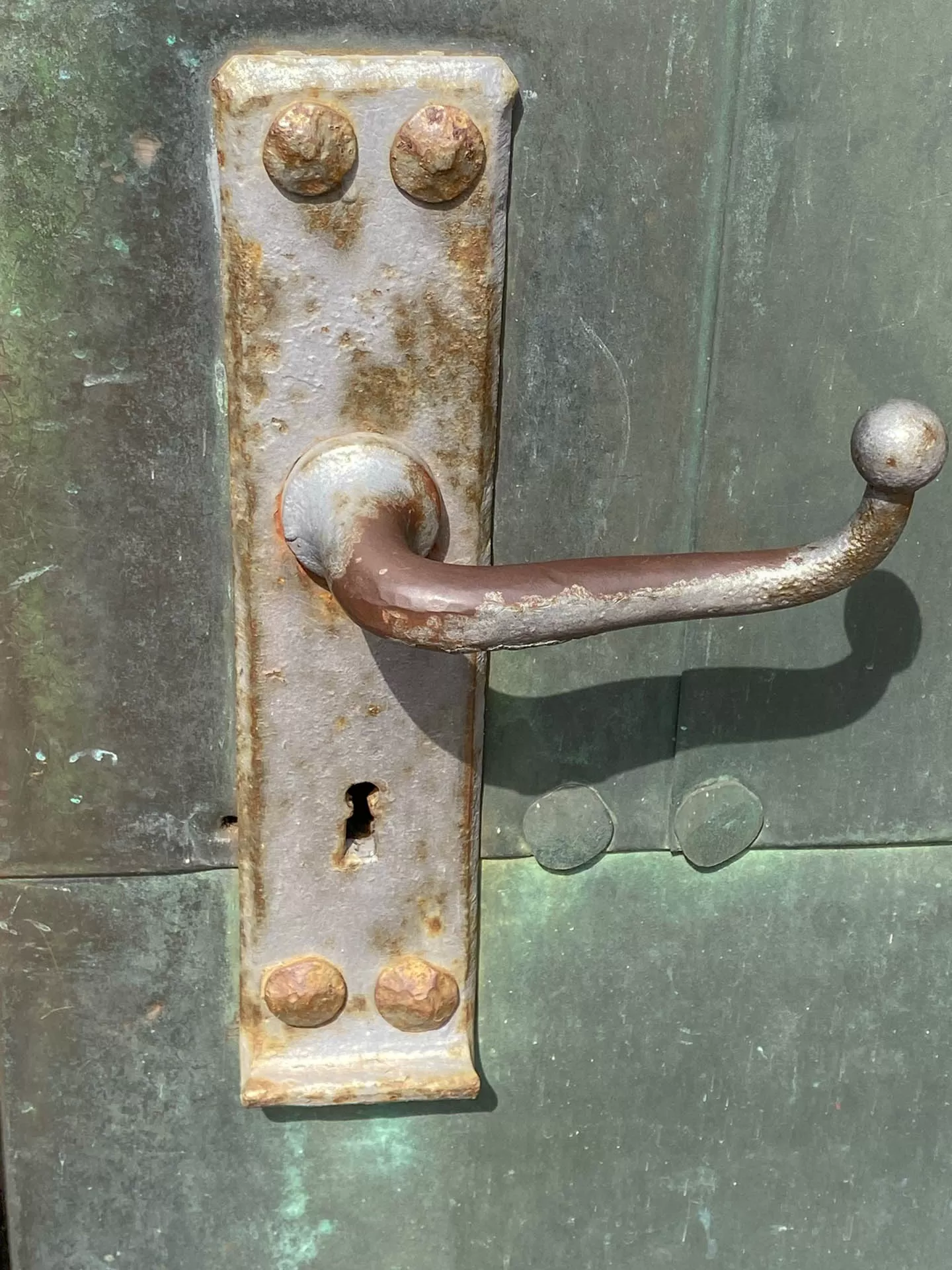
St. Heinrich, 1927-1929. Architect: Michael Kurz. Photo: Daniela Christmann
1927 – 1929
Architect: Michael Kurz
Eugen-Pacelli-Platz 1, Bamberg, Germany
The Catholic parish church of St. Heinrich in Bamberg was built between 1927 and 1929 according to plans by the Augsburg architect Michael Kurz.
The church of St. Anton (1924-1927) in Augsburg and the church of St. Joseph (1927-1929) in Memmingen had already been built at about the same time according to designs by Michael Kurz.
As an employee in Michael Kurz’s office, Hans Döllgast was involved in the design planning.
Background
The parish of Sankt Heinrich had come into being at the beginning of the 20th century after the increasing settlement of the eastern part of the city.
Its parish church was consecrated to St. Heinrich, founder of the Bamberg diocese, in 1929.
The foundation stone of the church was laid on June 12, 1927. The consecration took place on September 8, 1929. The pastoral care was entrusted to the Franciscan Order in Bavaria.
Church Building
The ground plan of the church corresponds to an elongated rectangle 61 meters long and 21 meters wide.
The building consists of a reinforced concrete structure left visible inside the church.
On the outside, it is clad with an unrendered quarry stone masonry from the quarries of Winterhausen near Würzburg, which was broken and bricked in irregular ashlars.
In the west, the nave is flanked by two towers, each 35 meters high, with a square ground plan, each twisted 45 degrees around its own axis, with their edges protruding from the west facade.
A life-size statue of St. Henry by sculptor Heinrich Söller stands in a niche of the facade.
High slit windows and a crenellation formed by triangular pediments decorate the choir dome.
Interior
Inside, the long nave is supported on both sides by nine arched concrete piers each.
The insides of the pilasters are decorated with mosaics of the apostles and messengers of the faith.
The Zollinger wooden roof, attractively designed with its crossings, rests on a concrete cornice on both sides.
The large choir arch with its stepped ribbed surfaces offers a view into the slightly oval choir room, which is adorned by a four meter high Christ body and an almost ten meter high cross made of lime wood, designed by Karl Baur.
All the mosaic paintings in the nave were designed by Wilhelm Pütz. The large mosaic altarpieces from 1934 were covered with plaster in 1968 and only uncovered again in 2010.
The nine windows in the chancel were designed by the architect Michael Kurz and were made by Franz Müller (Bamberg) in 1935.
Postwar and Renovation
During the Second World War, the church’s Stations of the Cross, executed in stained glass according to designs by Wilhelm Pütz, were destroyed. In 1948 it was replaced by a new Stations of the Cross in mosaic technique.
In 1968, a thorough renovation of the church building was carried out by the Würzburg cathedral architect Hans Schädel, during which the chancel in particular was redesigned.
The former high altar was replaced by a square popular altar made of Eibelstadt shell limestone.
St. Heinrich is one of the early church buildings of the Weimar Republic in which exposed concrete was chosen as the predominant material for the interior.
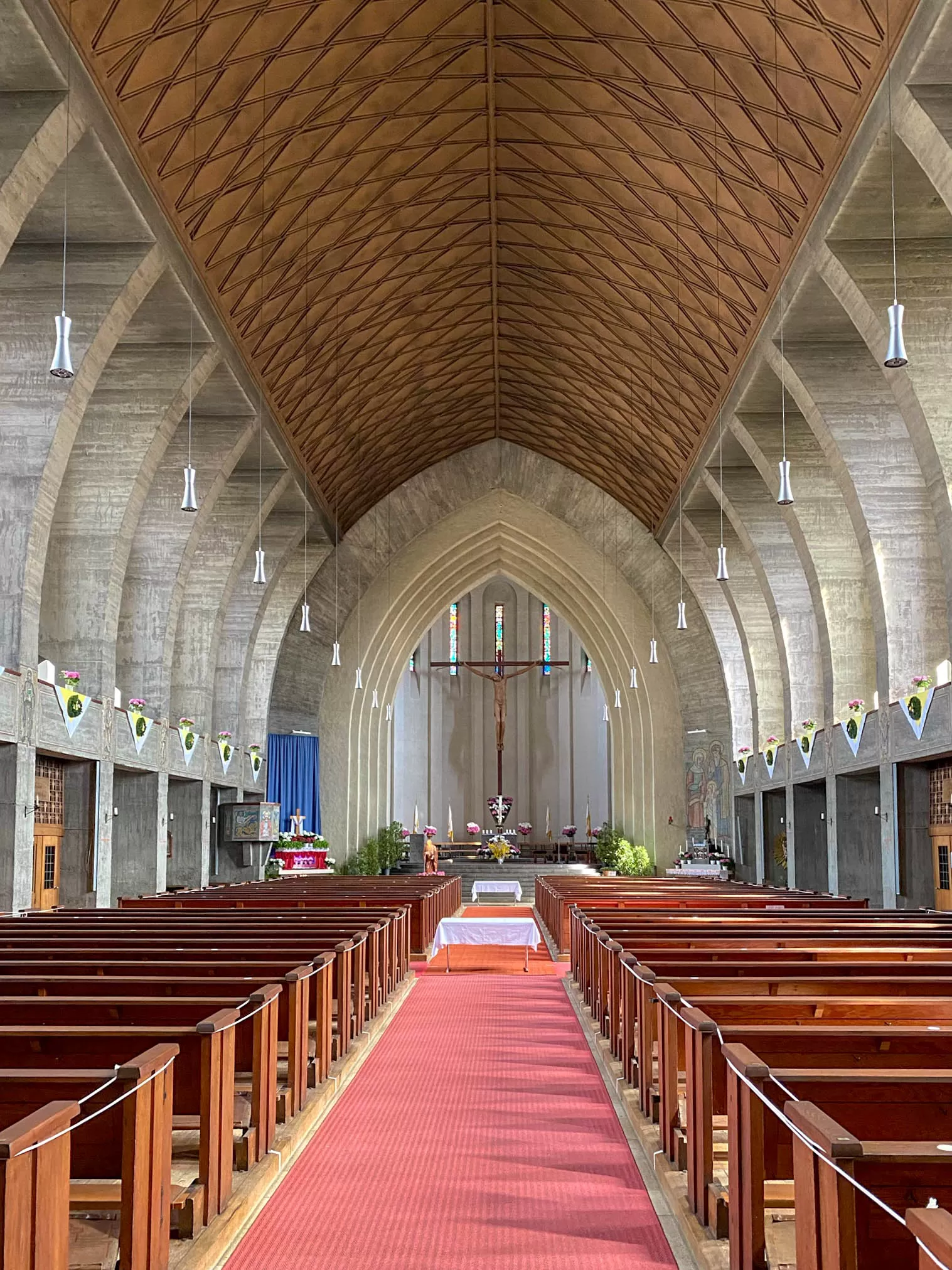
St. Heinrich, 1927-1929. Architect: Michael Kurz. Photo: Daniela Christmann
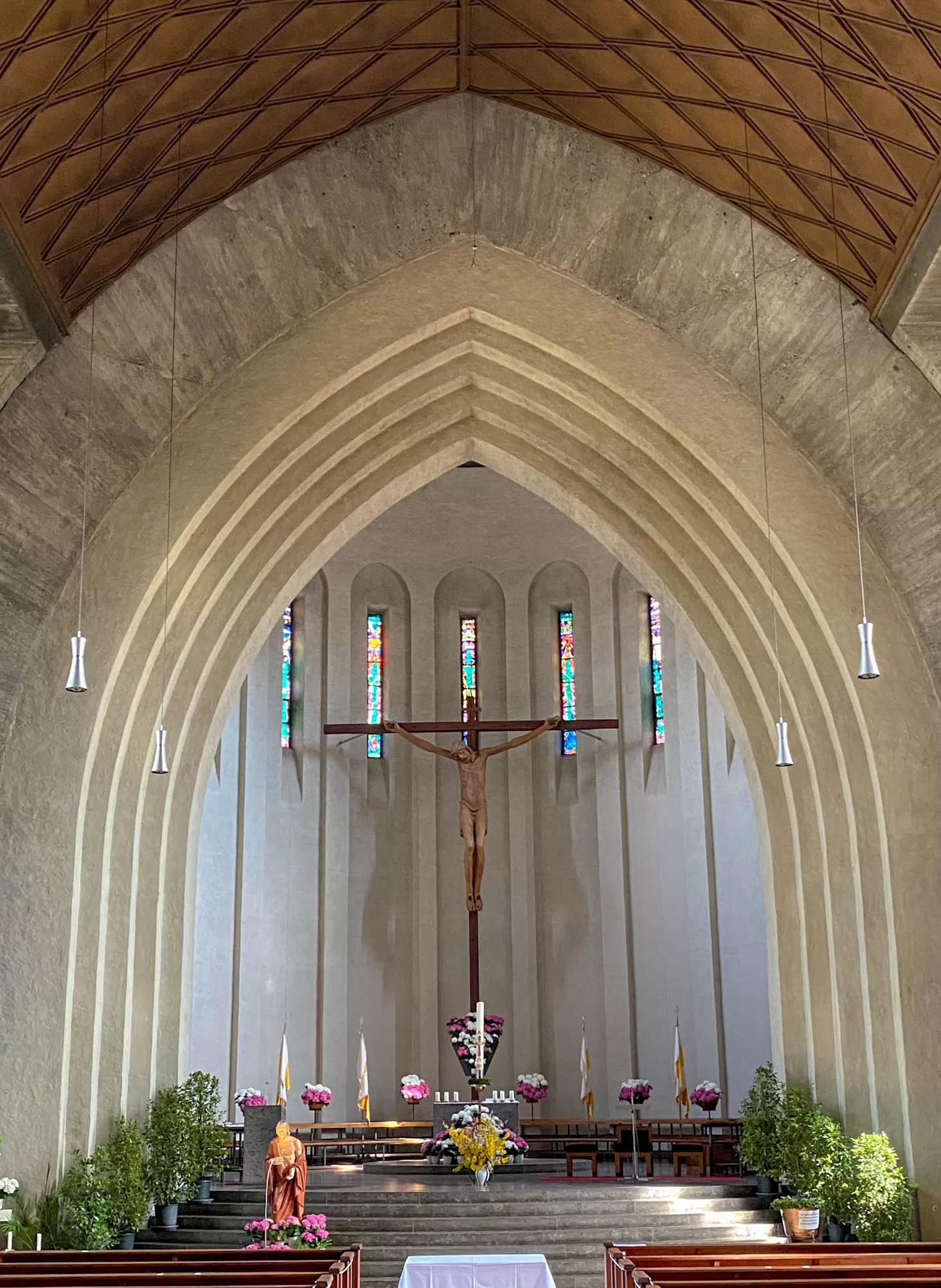
St. Heinrich, 1927-1929. Architect: Michael Kurz. Photo: Daniela Christmann
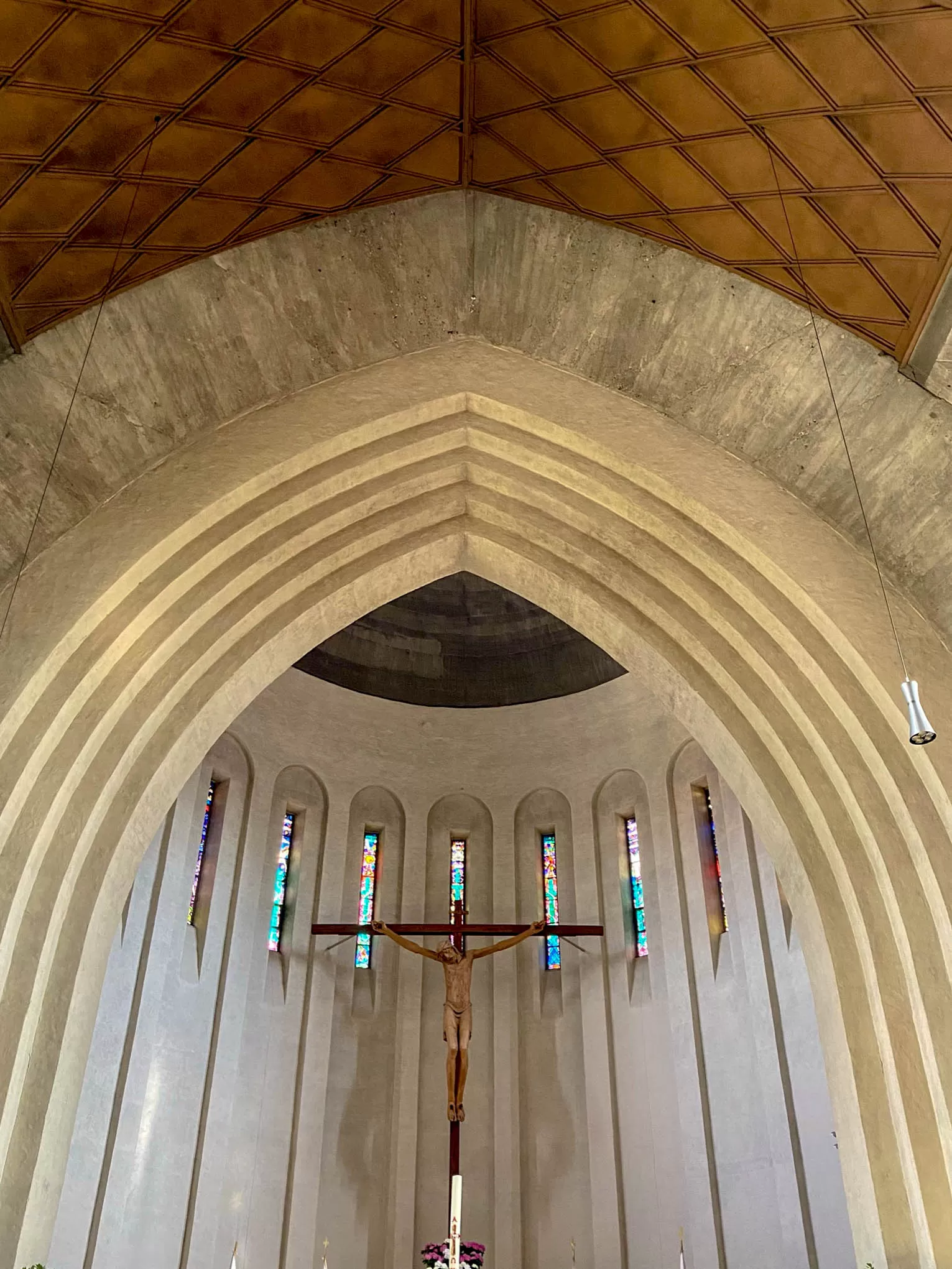
St. Heinrich, 1927-1929. Architect: Michael Kurz. Photo: Daniela Christmann
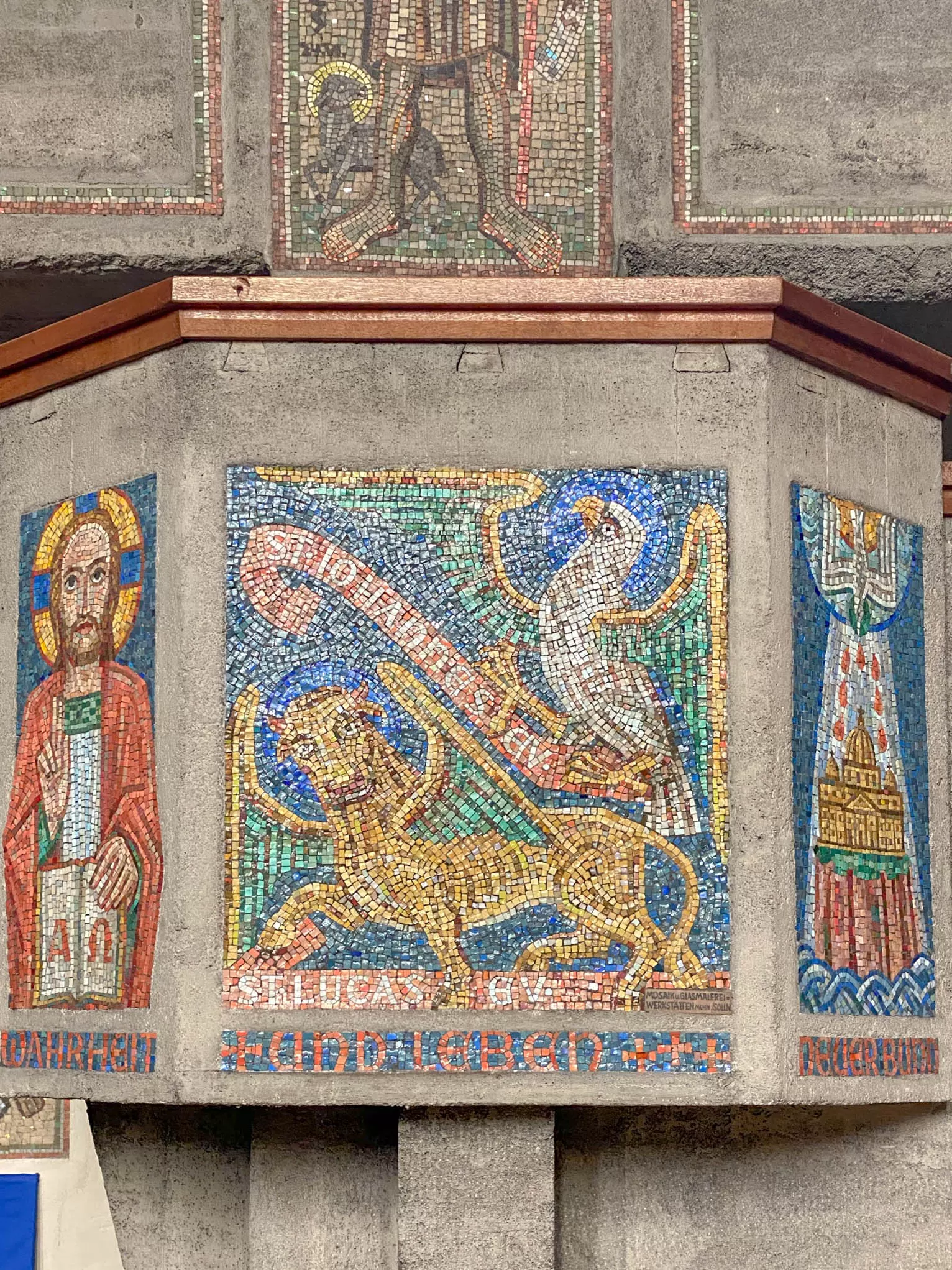
St. Heinrich, 1927-1929. Architect: Michael Kurz. Photo: Daniela Christmann
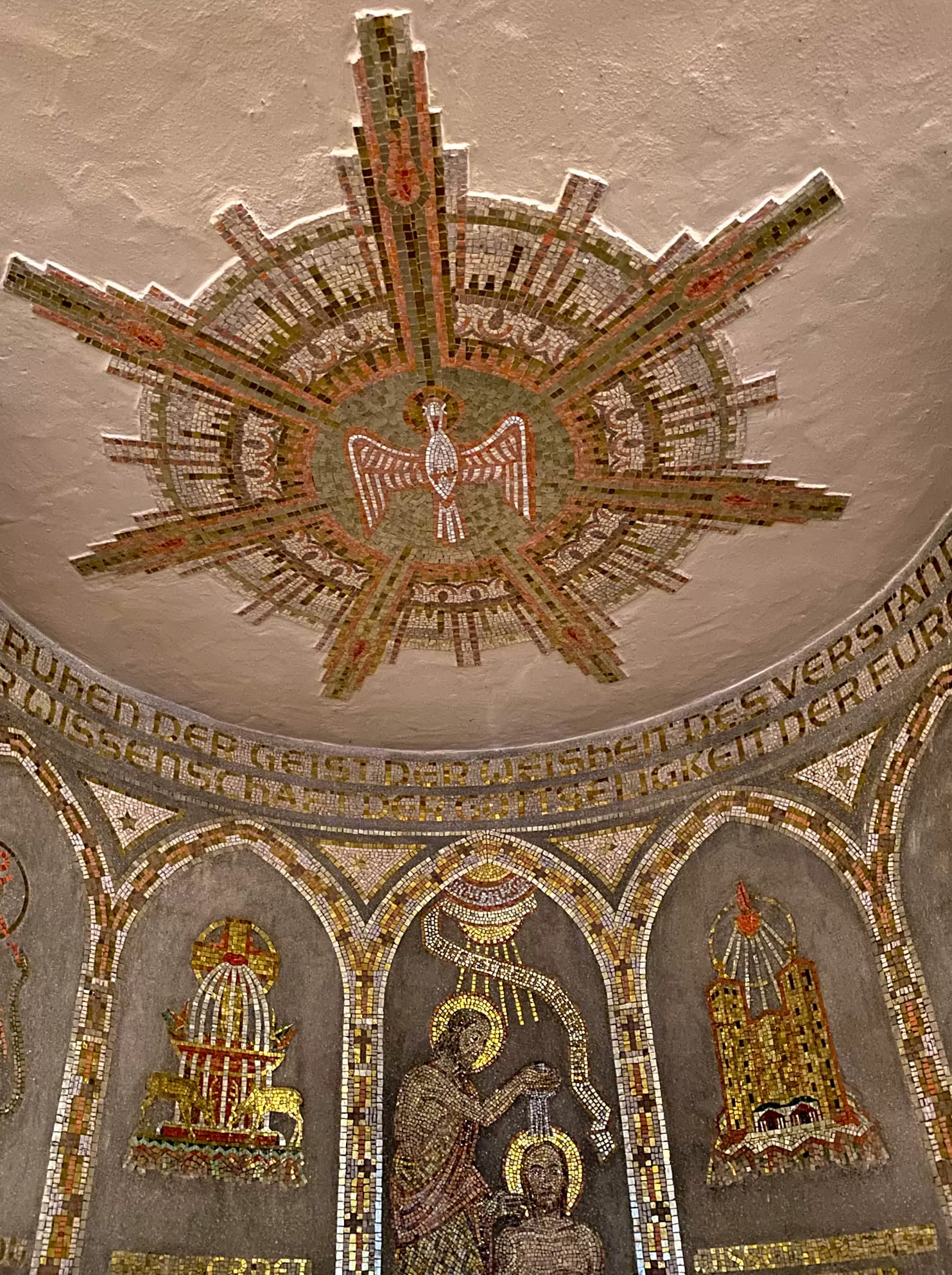
St. Heinrich, 1927-1929. Architect: Michael Kurz. Photo: Daniela Christmann

